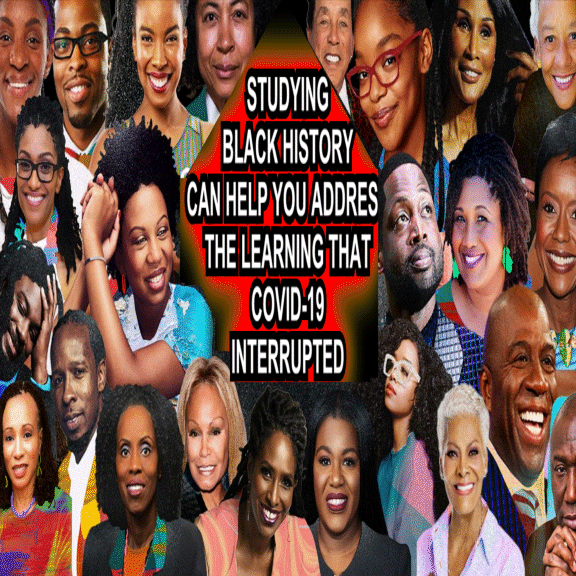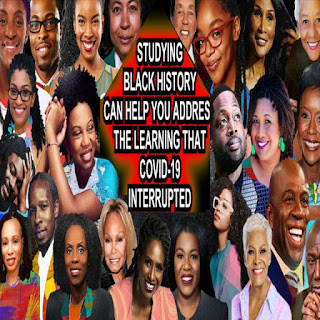We know all too well Black and Brown students in marginalized communities are now bearing the brunt of the pandemic’s effect on schools—with inadequate technology, lack of internet access, little to no basic training in typing and computer skills, not to mention canceled music, visual and performing arts, athletics, clubs and other enrichments that aren’t nice-to-haves, but life-saving for so many students.
Exponentially more of our underserved younger students won’t reach critical reading and math benchmarks. Exponentially more of our underserved older students will have been pushed out, their pathways to college further blocked, diminishing their motivations and dreams.
IF WE NEED A MODEL OF HOW TO COMBAT LEARNING LOSS AT SCALE, IN A WAY THAT RESPECTS THE CULTURE OF OUR STUDENTS AND SIMULTANEOUSLY BUILDS UP THE COMMUNITIES IN WHICH THEY LIVE, LOOK NO FURTHER THAN AMERICA’S RICH BLACK HISTORY.
If we need a model of how to combat learning loss at scale, in a way that respects the culture of our students and simultaneously builds up the communities in which they live, look no further than America’s rich Black history – including the idea that children don’t just learn within schoolhouses. Too often, their learning is actually short circuited inside of schools.
A key part of the answer to addressing our students’ needs can be found CONTINUE READING: Studying Black History Can Help You Address The Learning That COVID-19 Interrupted - Philly's 7th Ward


